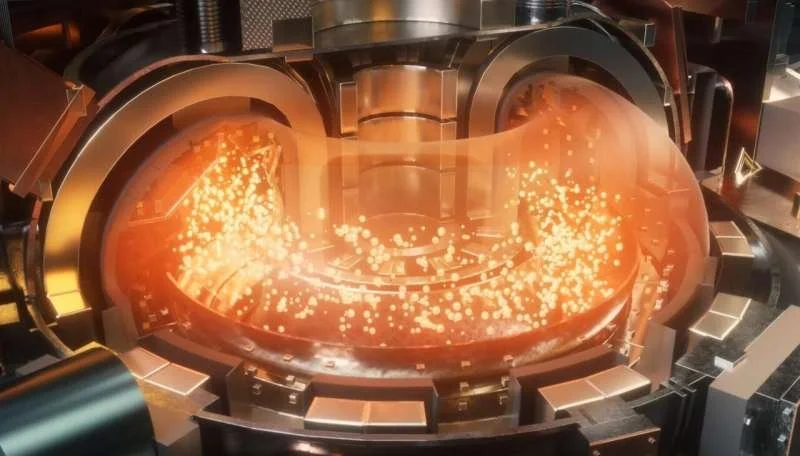China: The Rising Power in Fusion Energy
For years, fusion energy coverage has centered on the west country. But, with the technological advancement that China is making nowadays, they’re quietly leapfrogging expectations in this fusion energy industry. Achieving scientific benchmarks and technology milestones, China could redefine the leader in the fusion energy future. Supported by state-level coordination, extensive infrastructure, and material innovation, China is transitioning from the underdog to front-runner in the clean energy revolution.
EAST: Redefining Fusion Endurance
Earlier this year, China’s “artificial sun” or the Experimental Advance Superconducting Tokamak (EAST) successfully achieved plasma for 1,066 seconds or for almost 18 minutes, exceeding their first record of 403 seconds in 2023 and setting a new world record. This success has become a significant success for the future development of the EAST. It also became a critical benchmark for any fusion commercial corrector to reach a stable fusion connection. Not only this development highlights China’s technological prowess but also sets a new standard for international fusion research.
Building Industrial Dominance Trough Materials
One of the key bottlenecks in fusion development is capable, resilient materials. As we know, the materials for fusion reactors are hard to get and not commercially available. China, with their experiment has secured strategic industrial advantage in groundbreaking materials. Their new CHSN01 “super steel”, designed to withstand magnetic fields up to 20 tesla and stress level up to 1,500 MPa, mark a leap beyond global competitors like ITER. After being developed for over 12 years, CHSN01 will be used in the central solenoid of the upcoming Burning Plasma Experimental Superconducting Tokamak (BEST) reactor, which is expected to reach the first plasma in 2027. This gives China not just a technical edge, but potential dominance in supplying critical fusion-grade materials globally.
Powering the Mega-Scale Facilities
Beyond the laboratory, China is constructing a massive Laser Fusion Major Device Laboratory in Mianyang. Revealed to be 50% larger than the US National Ignition Facility (NIF), with four laser arms converging on a central chamber, mirroring NIF’s layout but at a grander scale. Not only will it help China to expand their fusion capabilities, it will carry strategic implications to accelerate both energy and defense applications.
China Fusion Roadmap: From EAST to CFETR
China’s progress isn’t just about experiments, it’s about building a chain to commercialization. Following the success of EAST, the next major project is the China Fusion Engineering Test Reactor (CFETR). It structured in two phase:
Phase 1: Demonstrate steady-state operation,tritium self-sufficiency, and ~200 MW fusion output.
Phase 2: Scale up to over 1 GW of fusion power and function as a testbed for high-neutron-flux resistant structural materials.
Though ultimate deployment is expected in the 2030s, this stage approach marks serious industrial and strategic intent.
Why China Matter Today
As fusion energy moves closer to commercial reality, the role of leading nations becomes increasingly pivotal. China's ambitious investments, rapid technological advancements, and strategic international collaborations position them as a central player in shaping the global fusion landscape. Whether as a competitor, partner, or technology provider, China’s actions today will directly influence the pace, cost, and accessibility of fusion power worldwide. Recognizing this influence and understanding them will be critical for policymakers, investors, and researchers aiming to navigate the next phase of fusion’s journey from scientific to commercial power source.


